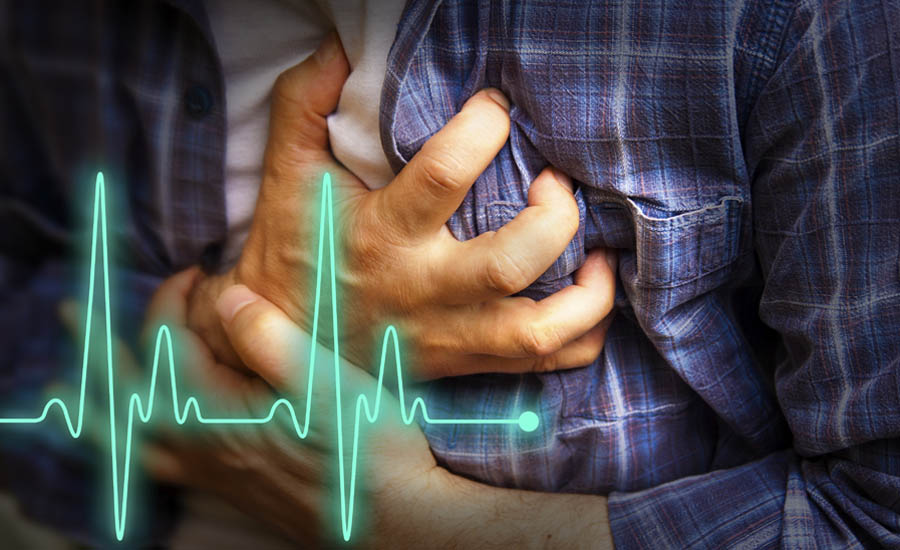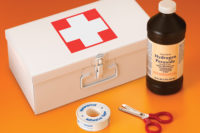CPR gets simplified

One quarter of Americans say they’ve been in a situation where someone needed CPR. If you were one of them, would you know what to do?
The American Red Cross is training people in a simplified, hands-only version of CPR that involves no mouth-to-mouth contact.
“It is best used in emergencies where someone has seen another person suddenly collapse,” according to the organization. “The hands-only technique increases the likelihood of surviving cardiac emergencies that occur outside medical settings.”
How is CPR different from hands-only CPR?
Full CPR combines rescue breaths with chest compressions and is the best option in some emergencies, including those involving infants and children, drowning victims, or people who collapse due to breathing problems.
Studies have shown that being trained in hands-only CPR can make the lifesaving difference when someone suffers sudden cardiac arrest.
Click here to watch a two-minute video on hands-only CPR, which can be learned in a 30-minute Red Cross training class.
Looking for a reprint of this article?
From high-res PDFs to custom plaques, order your copy today!



